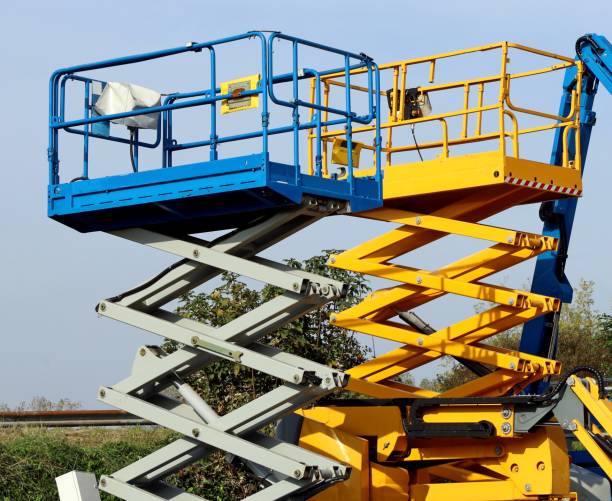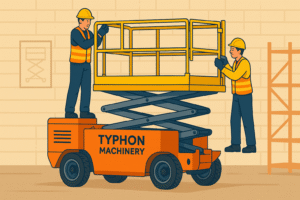When it comes to selecting the right scissor lift for your workspace, one of the key decisions you’ll need to make is whether to choose a narrow or wide model. Both narrow and wide scissor lifts have their own advantages and disadvantages, and understanding the differences between the two can help you make an informed decision that best suits your needs.
Narrow Scissor Lifts
Narrow scissor lifts are designed to navigate through tight spaces and narrow aisles with ease. They are ideal for working in confined areas where space is limited, such as warehouses, retail stores, and production facilities. The compact design of narrow scissor lifts allows for easy maneuverability and access to hard-to-reach areas, making them a popular choice for indoor applications.
Wide Scissor Lifts
On the other hand, wide scissor lifts are built for stability and support in larger, more open work environments. They offer a larger platform area and higher weight capacities, making them suitable for outdoor construction projects, industrial maintenance, and other applications that require a spacious working area. Wide scissor lifts provide a stable base for workers and equipment, allowing for efficient and safe operation at elevated heights.
Factors to Consider
When deciding between a narrow and wide scissor lift, there are several factors to consider. The first consideration is the layout of your workspace. If you work in a confined area with narrow aisles and tight corners, a narrow scissor lift may be the best option to ensure easy access and maneuverability. On the other hand, if you have a spacious work environment with ample room to move around, a wide scissor lift may be more suitable for your needs.
Another important factor to consider is the intended use of the scissor lift. Narrow scissor lifts are well-suited for indoor applications such as maintenance tasks, stock picking, and inventory management in retail or warehouse settings. Wide scissor lifts, on the other hand, are better equipped for outdoor construction projects, building maintenance, and other heavy-duty applications that require a larger platform area and higher weight capacities.
In addition to the layout of your workspace and intended use, it’s important to consider the specific requirements of your job. If you frequently need to access hard-to-reach areas or navigate through narrow passageways, a narrow scissor lift may be the most practical choice. Conversely, if you require a stable and spacious platform for heavy equipment and multiple workers, a wide scissor lift may better meet your needs.
Ultimately, the decision between a narrow and wide scissor lift will depend on your unique workspace requirements and intended applications. By carefully evaluating the layout of your workspace, the nature of your tasks, and the specific demands of your job, you can select the right width of scissor lift to optimize productivity and safety in your work environment.
In conclusion, choosing between a narrow and wide scissor lift is an important decision that can significantly impact the efficiency and safety of your operations. Narrow scissor lifts are designed for maneuverability in confined spaces, while wide scissor lifts offer stability and support in larger work environments. By considering factors such as workspace layout, intended use, and specific job requirements, you can make an informed decision that best suits your needs. Whether you opt for a narrow or wide scissor lift, selecting the right width will ensure that you have the necessary access and support to carry out your tasks effectively and safely.
Learn More : TOP SCISSOR LIFT ATTACHMENTS FOR MORE EFFICIENT WORK





